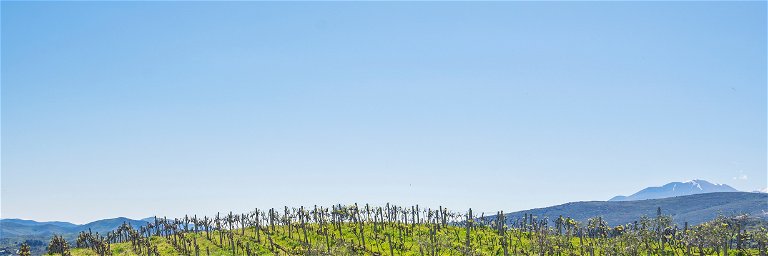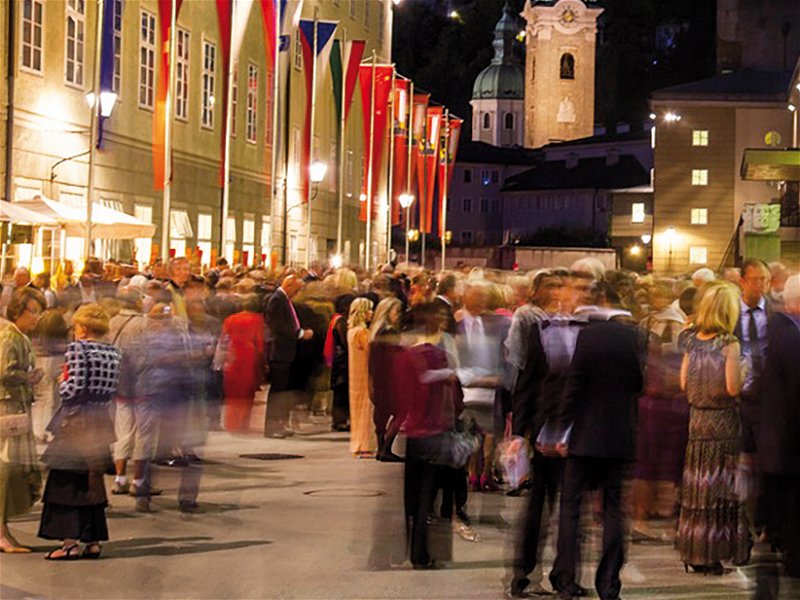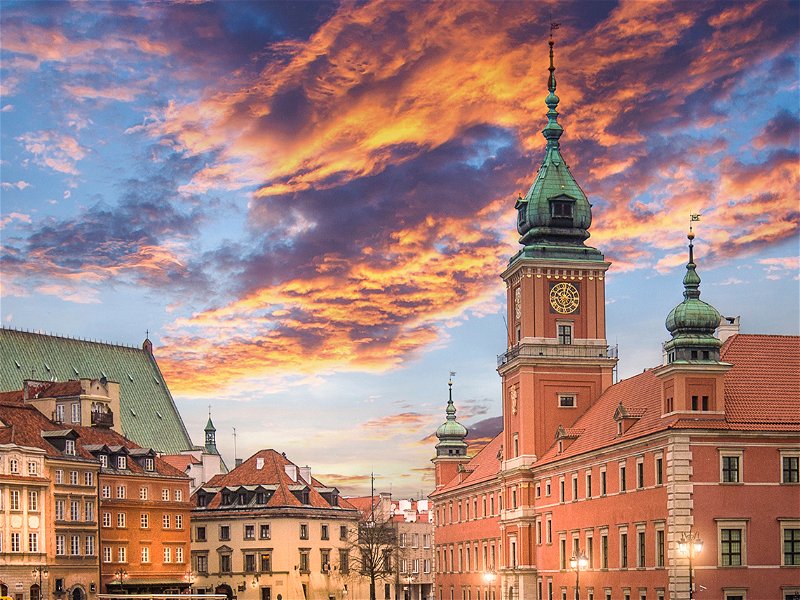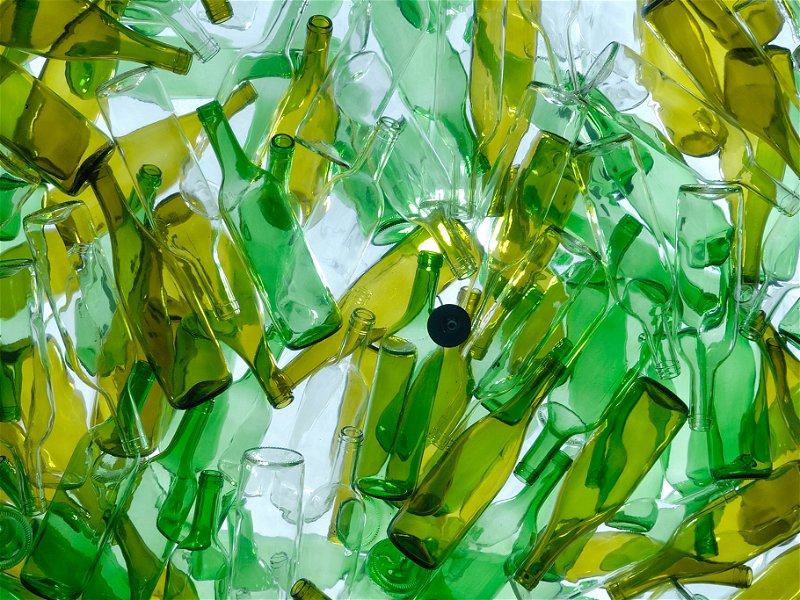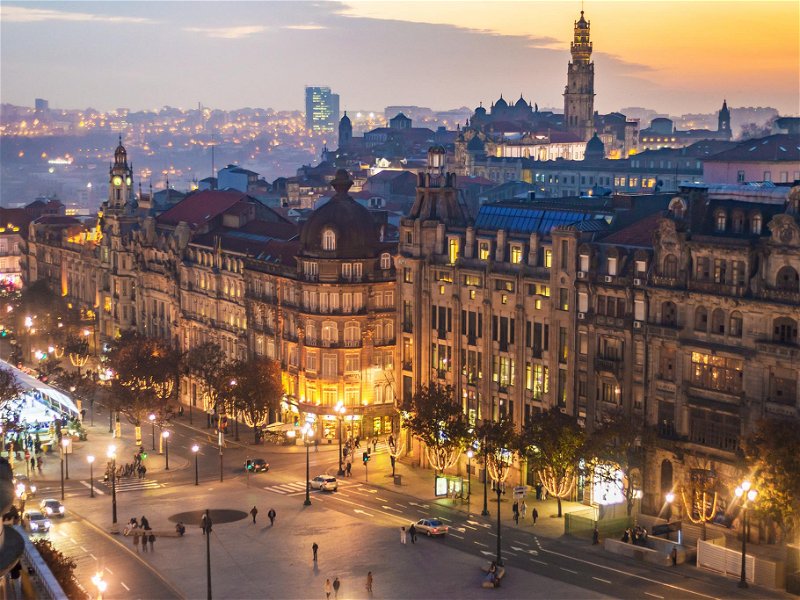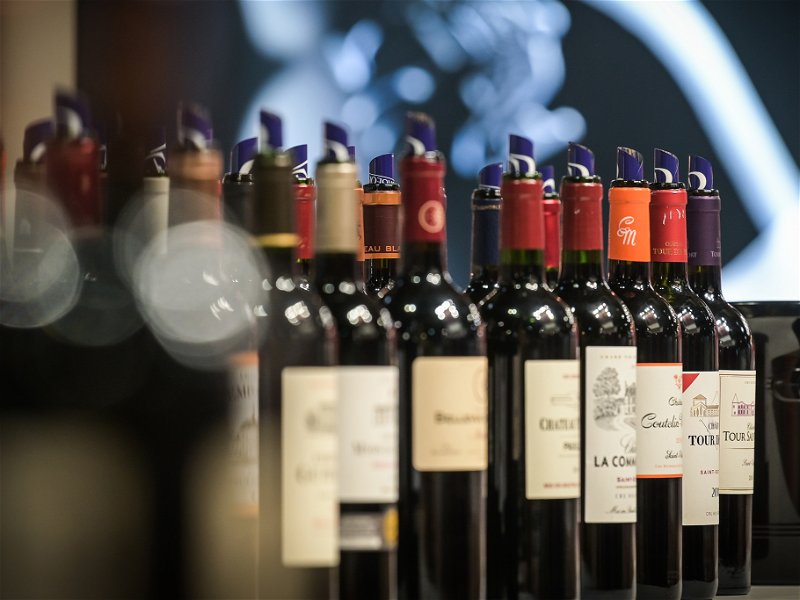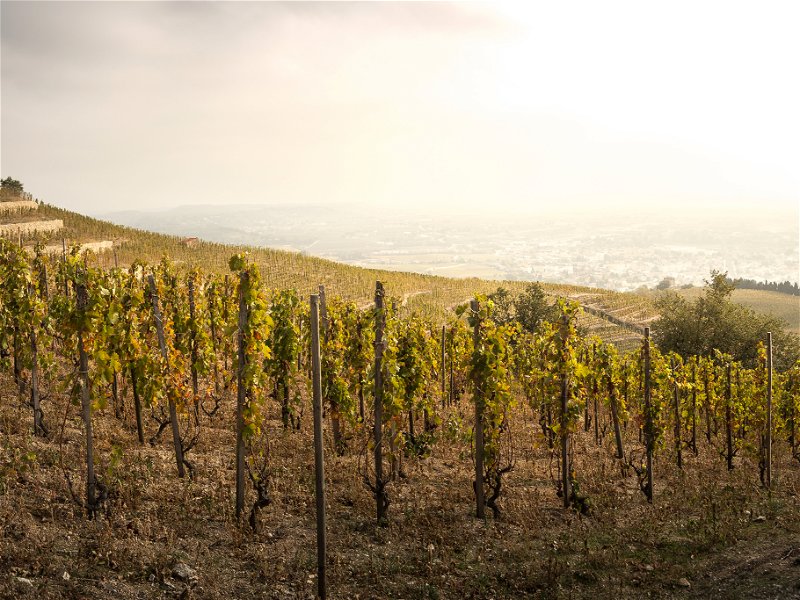Albania’s world wine heritage
Albania is one of the oldest wine-producing countries in Europe. Back in the day, the country was part of the ancient kingdom of Illyria. According to early written accounts, the region was already producing wine by the 8th Century BC.
The Latins unequivocally mention that Biturica – the ancient Illyrian vine – was the mother of the Carmenet grape family (including Cabernet Sauvignon, Cabernet Franc, Merlot, Petit Verdot, etc.) and perhaps Biturica minori (Gamay grape variety) originated from Durrës (Albania). When the Romans took over in 168 BC, the region was divided into different provinces and the wine produced in the area was definitely celebrated for its unique flavour.
Local winemaking continued until the start of the Ottoman rule in the late 15th century. From then on, it was a very long road to independence for Albania. And as was the case in other Islam nations, wine production dipped drastically due to the dietary restrictions of the faith.
Communist Albania
From 1944 to 1992, Albania was under socialist rule. During this time, almost all wineries and plantations were dedicated to producing wine for export. By 1990, Albania had a vineyard area of about 18,000 to 20,000 hectares. Yield was at approximately 70,000 tonnes of grapes a year – with 30,000 tonnes used for local consumption, and the rest for production in state farms.
Albania’s Top Wine Regions
Today, the country has four main wine regions.
Highlands/Albania’s Mountain Regions – In the highlands, grapes are grown at an elevation of up to 1,000 metres. Viticulturists believe that the height of a particular vineyard can help improve its drainage, while promoting better airflow. Soil composition here is mainly of the clay silica type with differing exposures and depth.
Western Lowland/Coastal Plain – The coastal plain of Albania includes the towns of Delvina, Shkodra, Fier, Lushnja, and Tirana. Prior to the 1990s, Tirana had the lion’s share of the country’s vineyards. Most vineyards in the area are planted at a height of 300 metres.
Eastern Sub-Mountainous Region – This region can be found in the surrounding area of Peshkopi, Pogradec, Leskovic, and Korca. Wineries here are found at an altitude of up to 800 metres.
Central Hilly Regions – Albania’s hilly region includes the districts of Berat, Elbasan, Krujë, Prmet, and Gramsh. Elevation of vineyards located in this section range from 300 to 600 metres.
Within these top four regions, you will find some of the key wine companies in the country, including the following: Çobo, Sara Vintage, Rilindja, Kokomani, Kardinal, Skenderbeu, Luani, Arberi, and Bardha.
Since the beginning of the renaissance of Albanian viticulture around the year 2000, several wineries have managed to rival even the best in all of Europe. Such producers are BELBA, KALLMETI, KORCA 2000, BARDHA, KANTINA ILIR, FABA, DERVENI, CACO, HADAJ, COBO, BALAJ, DERVISHI, etc.
Albania’s Indigenous Grape Varieties
One of the main selling points of Albanian wine is that a great majority is made using autochthonous grapes.
The following are just a few of the notable grapes used in Albanian winemaking.
Kallmet – In ancient times, the Romans brought this dark-skinned grape to Hungary, where it grew to be called Kadarka. Red wines made from this grape are dry, full-bodied, tannic, sharp, and sometimes, even rancid.
Vlosh – Vlosh is a red wine grape mainly found in the port city of Vlorë. When made into a varietal wine, the dense liquor develops a piquant quality with underlying flavours of black olives and a touch of plums. Its tannins are rather dry and a tad rough, making this drink a possible acquired taste.
Serine – Serine grapes come in the red and white variety. According to Albanian vignerons, the red Serine is the country’s answer to the highly similar Syrah. Rich and peppery with large notes of black cherries, this is the ideal wine for aficionados with an affinity for bold reds. Most of the vineyards carrying this grape are found in the eastern end of Korçë County.
Puls/Pules – Some of the finest dry white wines in the country are made from this variety. With its delicate floral bouquet and long finish, this could be a worthy addition to your wine cellar. This grape grows in the Berat County of Albania.
Shesh – Shesh comes in two varieties, namely both red (Shesh i zi) and white (Shesh i bardhe). These variants are considered the most important vines in Albania, as they account for approximately 35% of the country’s harvest.
